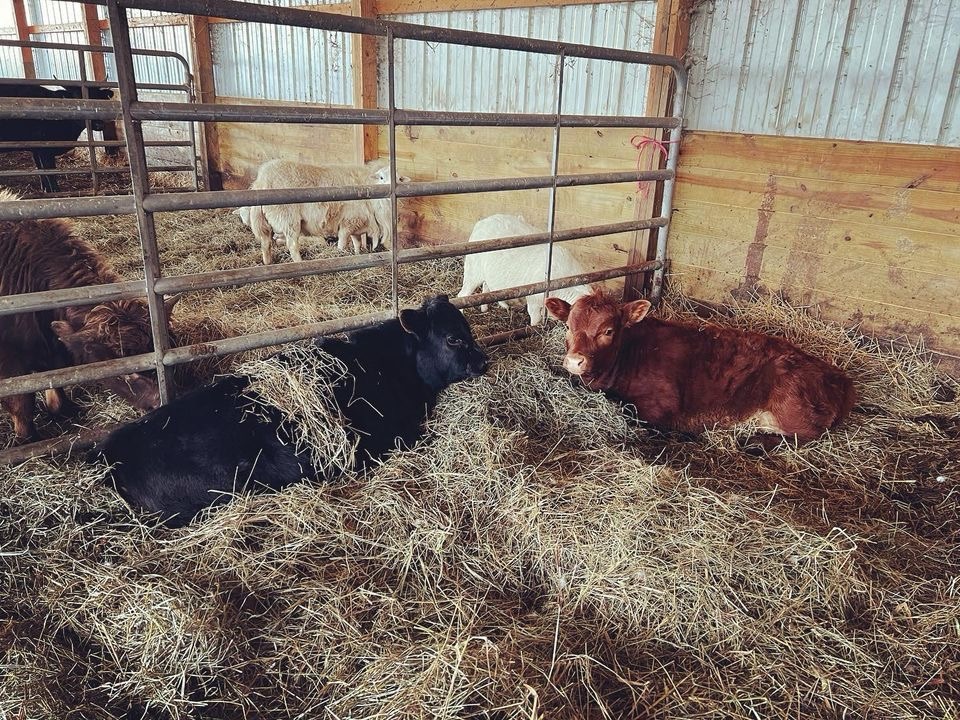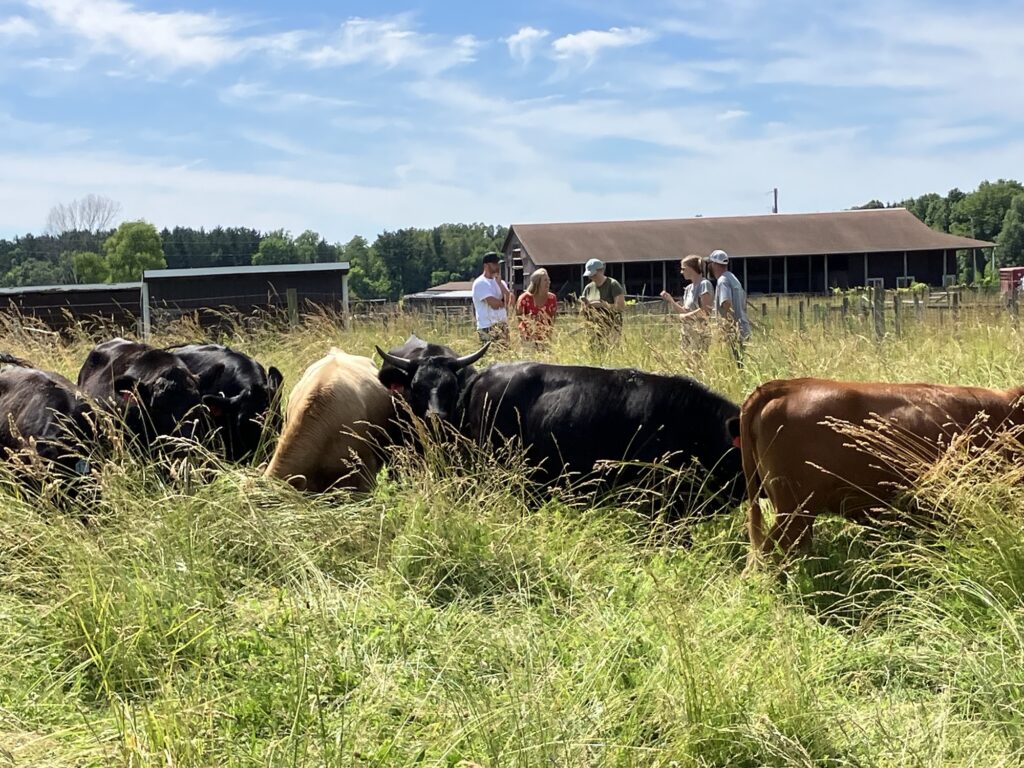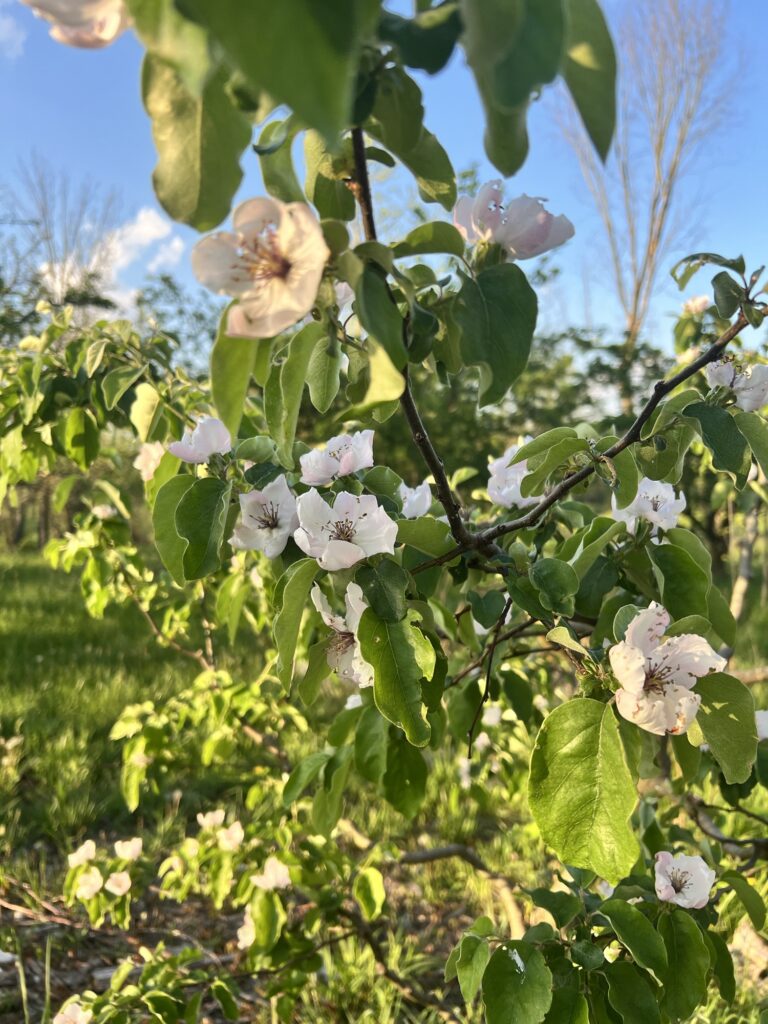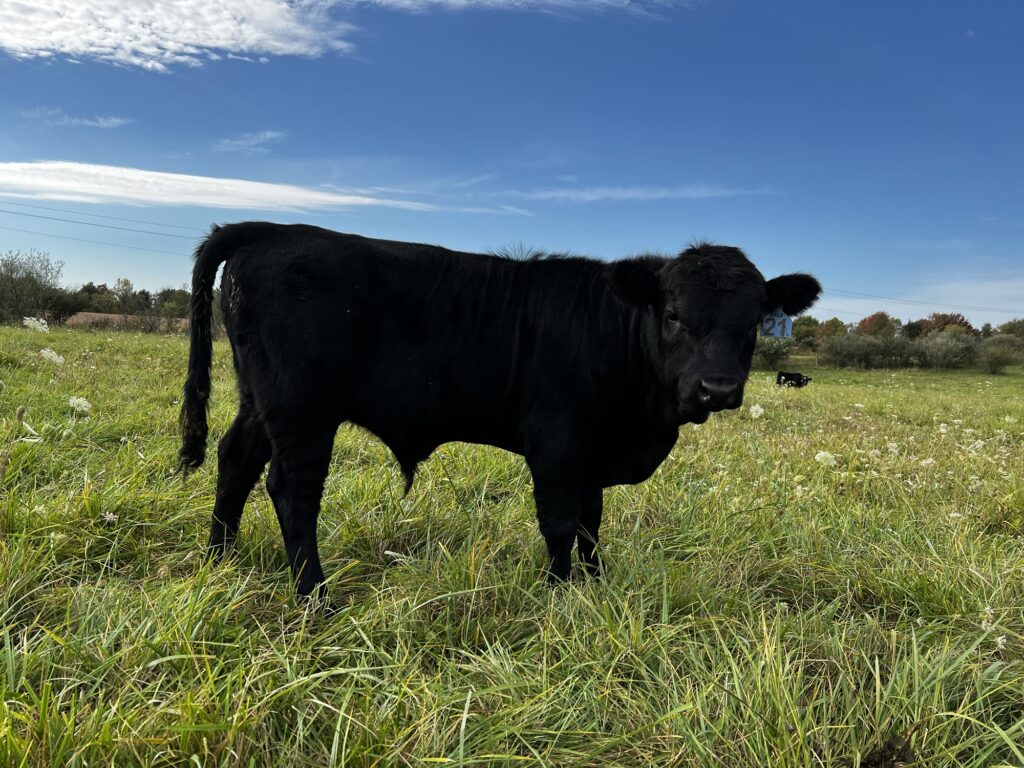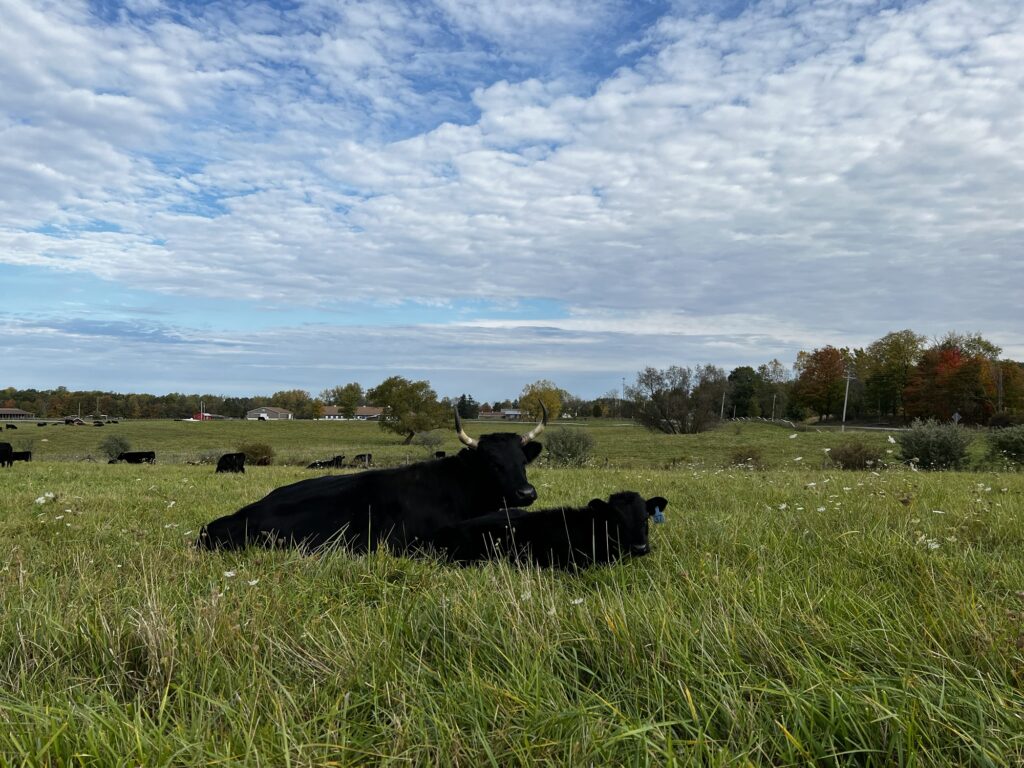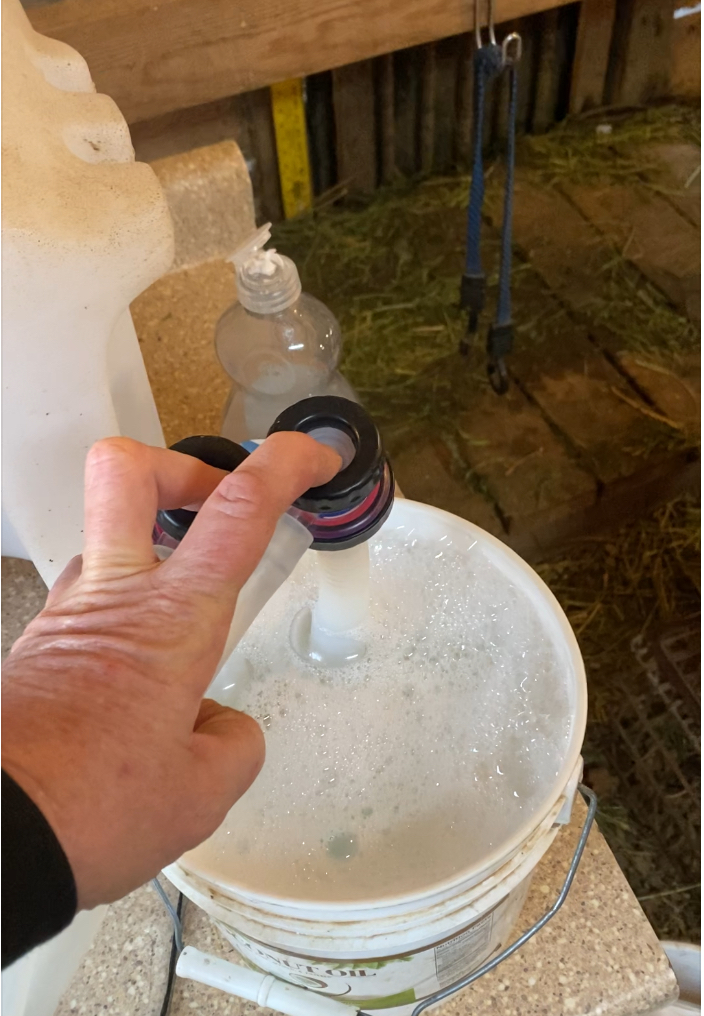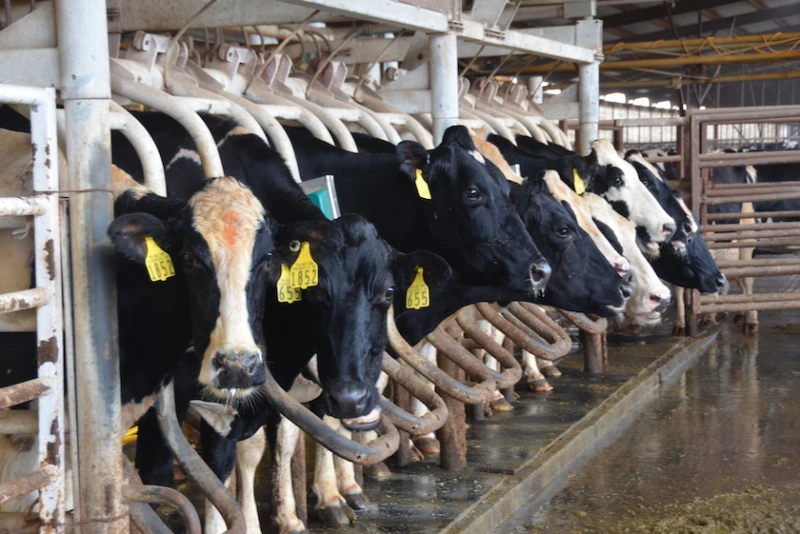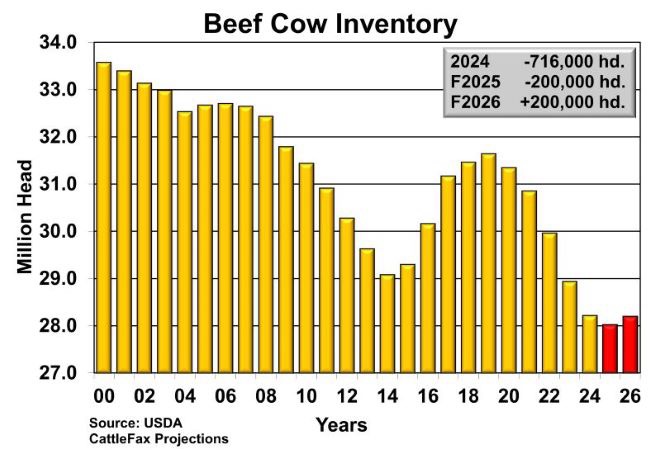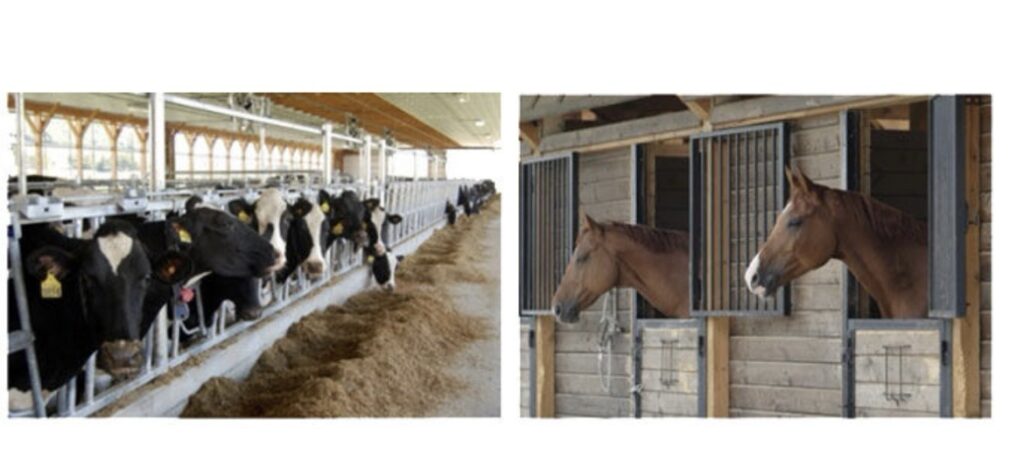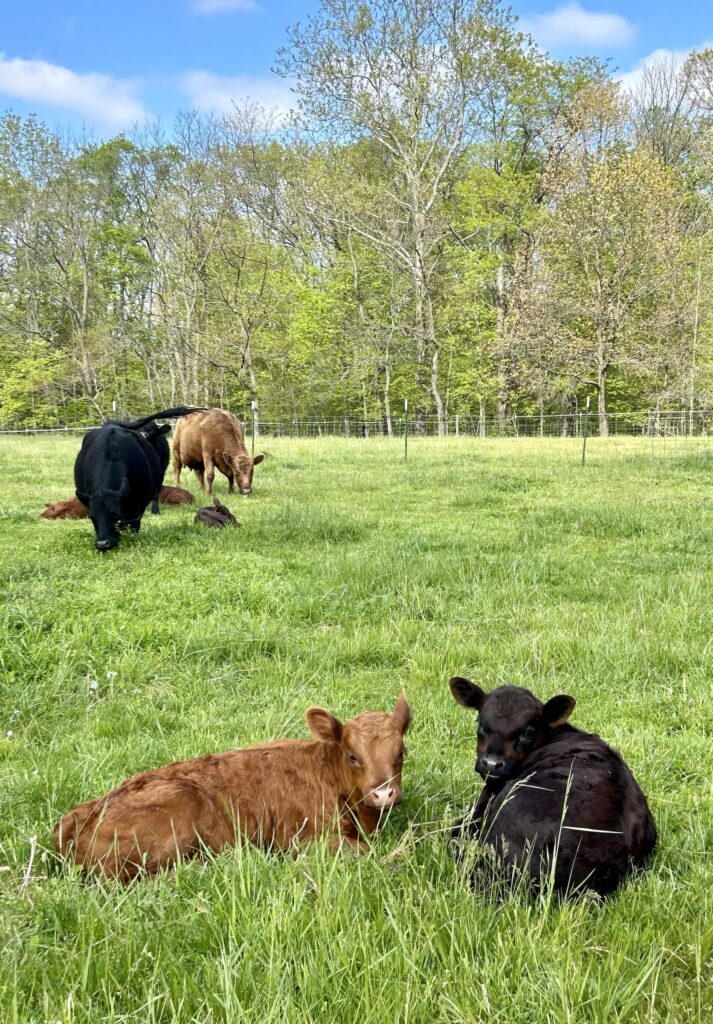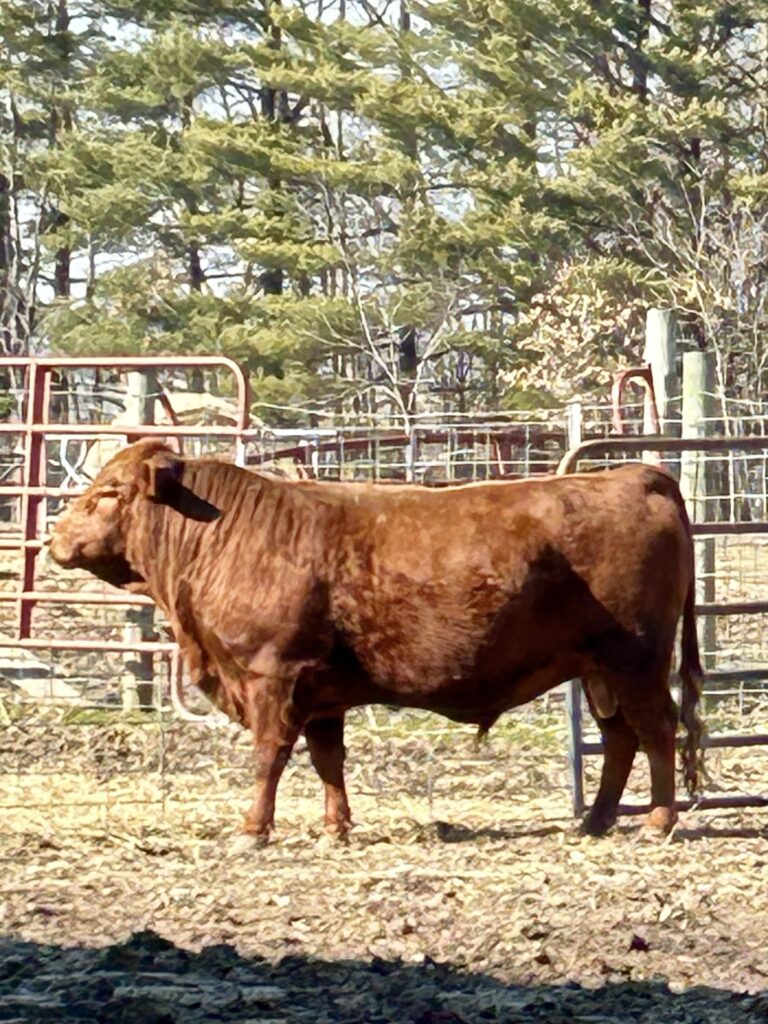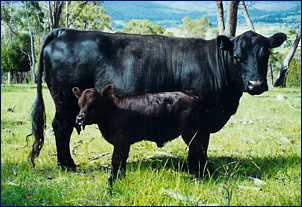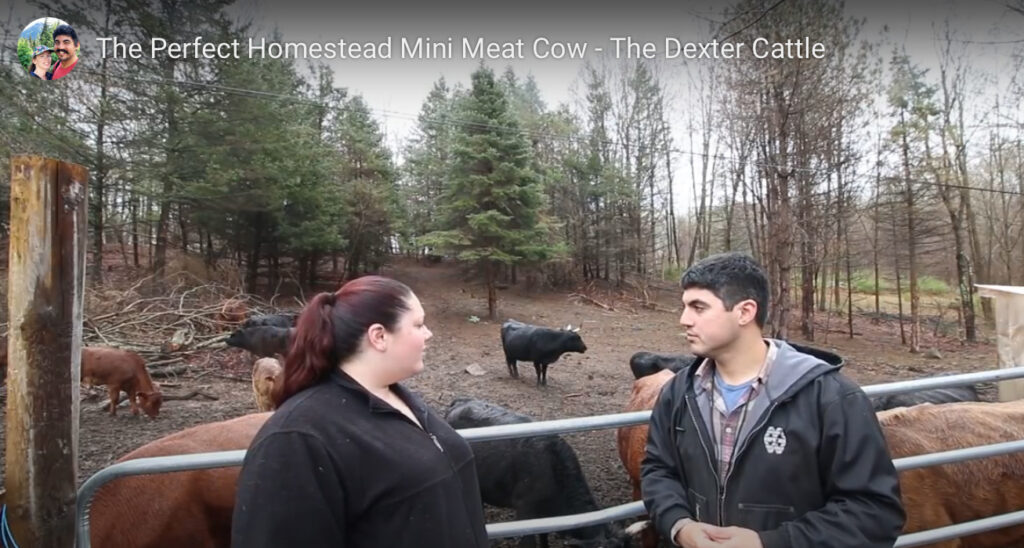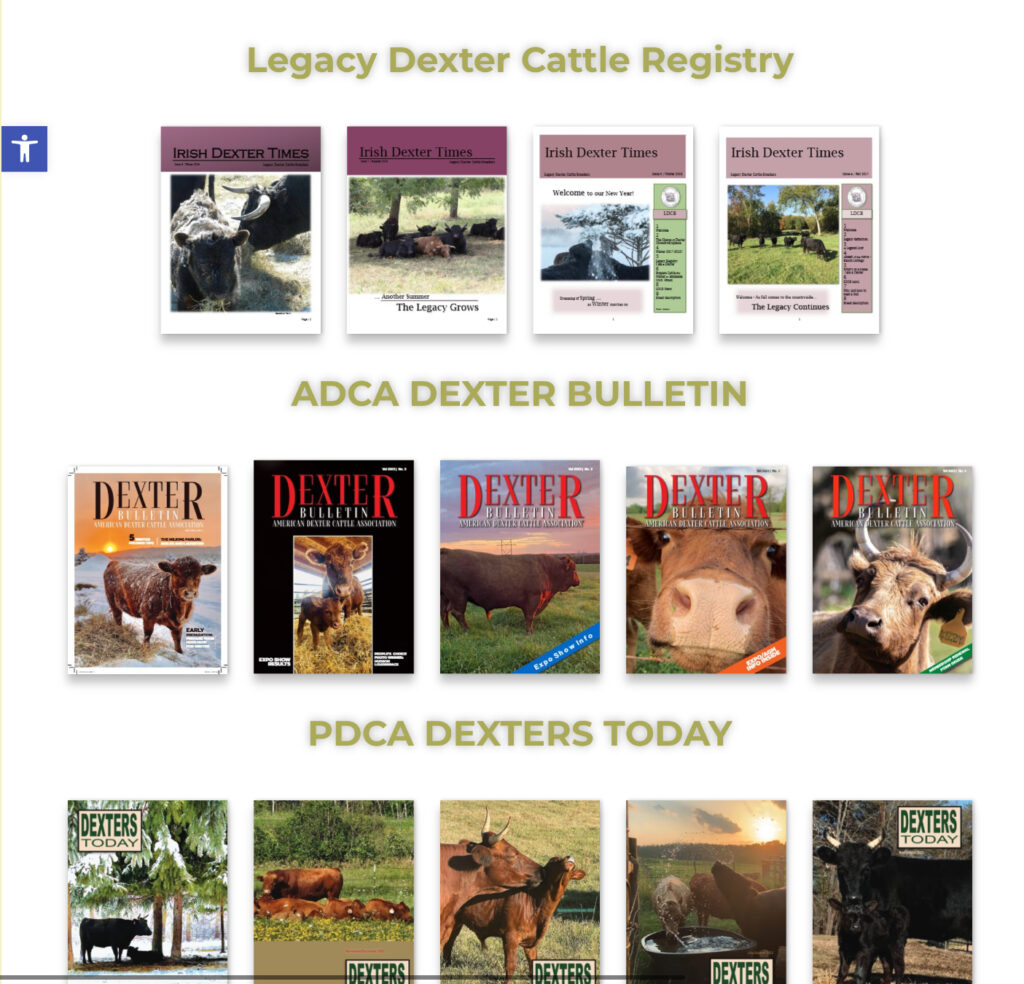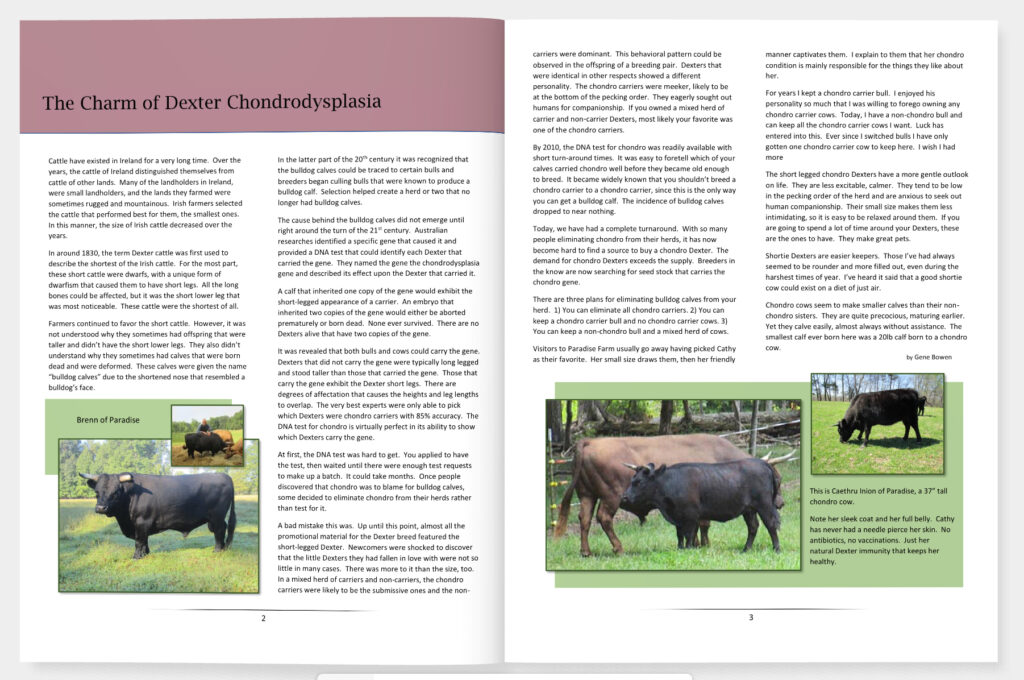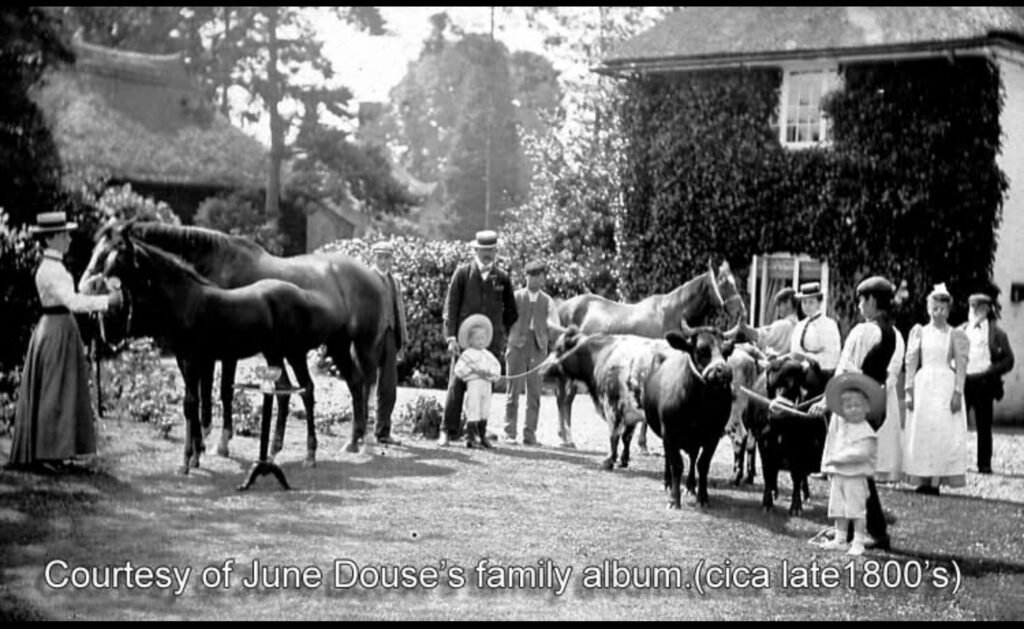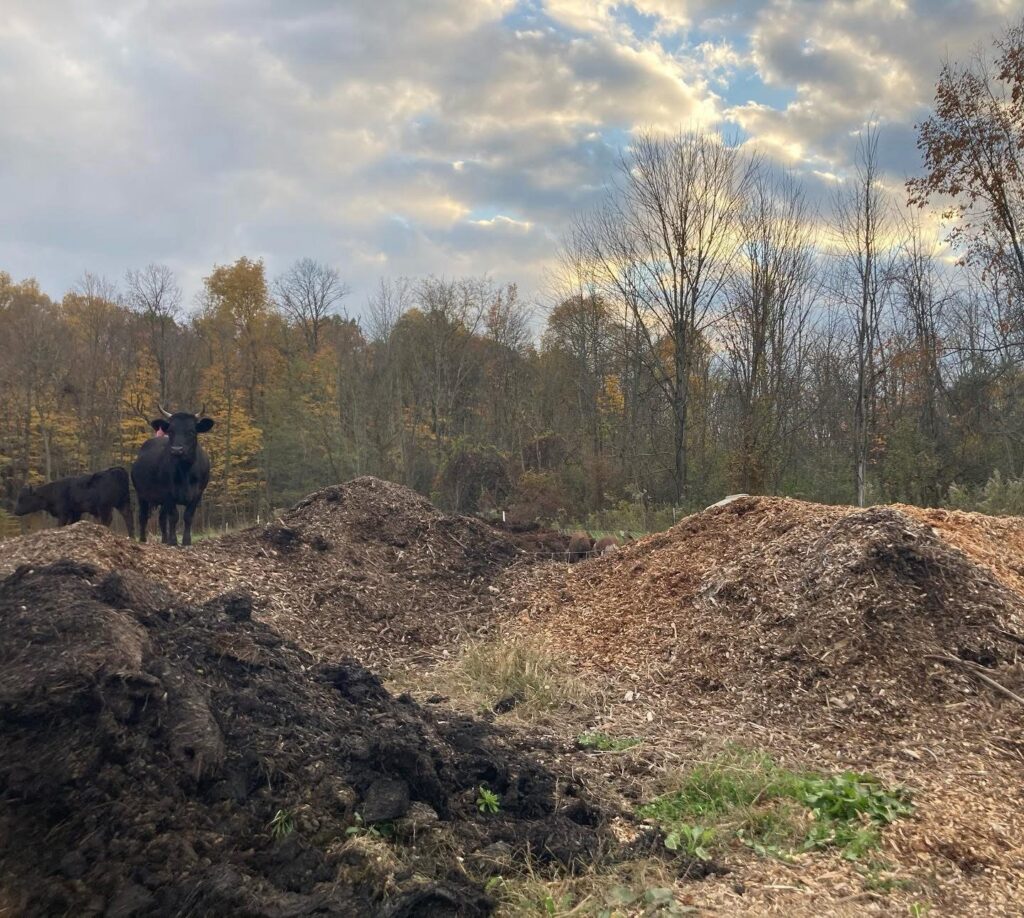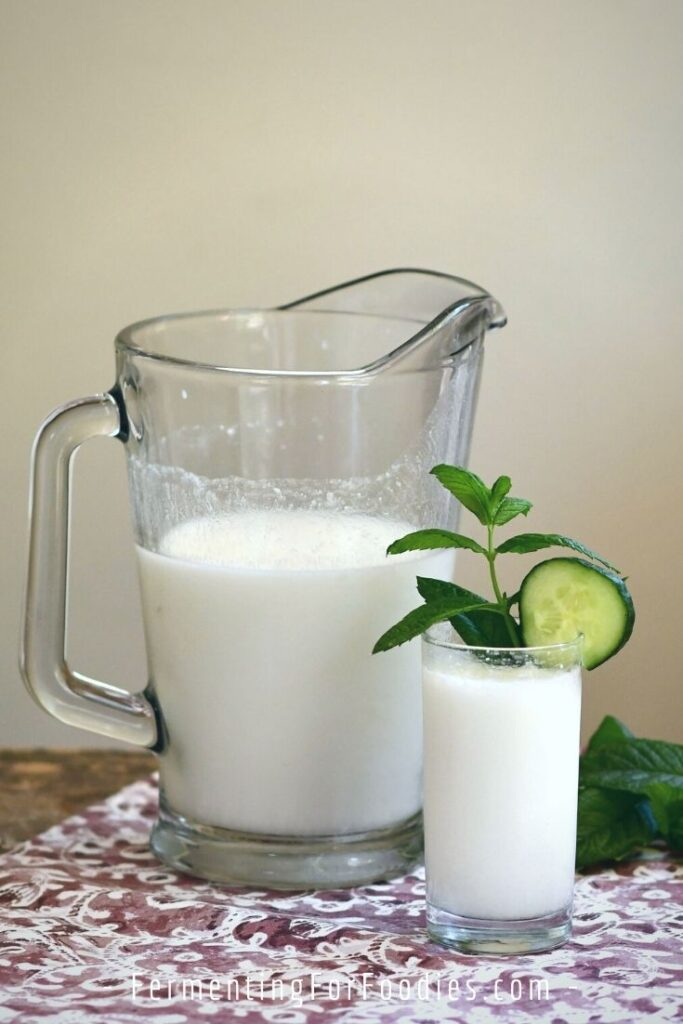By Shelley Hatfield/Whippoorwill Pines Farm
Spring is a beautiful time of the year!! All the new babies, flowers popping their heads up showing off their colors, everyone itching to get their hands in the dirt!! But that also brings some problems if you have cows. Here are a few things that I have found that make spring not so great.
First thing, with the crazy swings in the weather temps, you need to watch your cows for pneumonia. This is a hard thing to notice but if you keep watch you can start learning the signs. One of the signs is lower head, their sides are “thumping” (meaning catching their breath), not alot of energy. I had a steer go down and die the next day. He had eaten the night before and looked fine. But he was gone the next morning. I asked the vet if I was doing something wrong. She told me that it really doesn’t matter, it’s the big swings in the weather. They have shelter, water and food.
Keeping watch is one thing, but there is also a vaccine that you can give them once or twice a year to help with that. It is a BRD vaccine. Check with your vet to see if that is something that you want to give your cattle.
We have talked about the mud before, but we will mention it again. Make sure that your cattle don’t have to stand in the mud all the time. That is something that can keep them from staying warm in the spring weather. Make sure that they have a dry place to lay down.
I’m not an expert, but I have learned some things along the way. Some of those things I have learned the hard way….lol These are just some things that I have learned on this journey of raising cattle.


